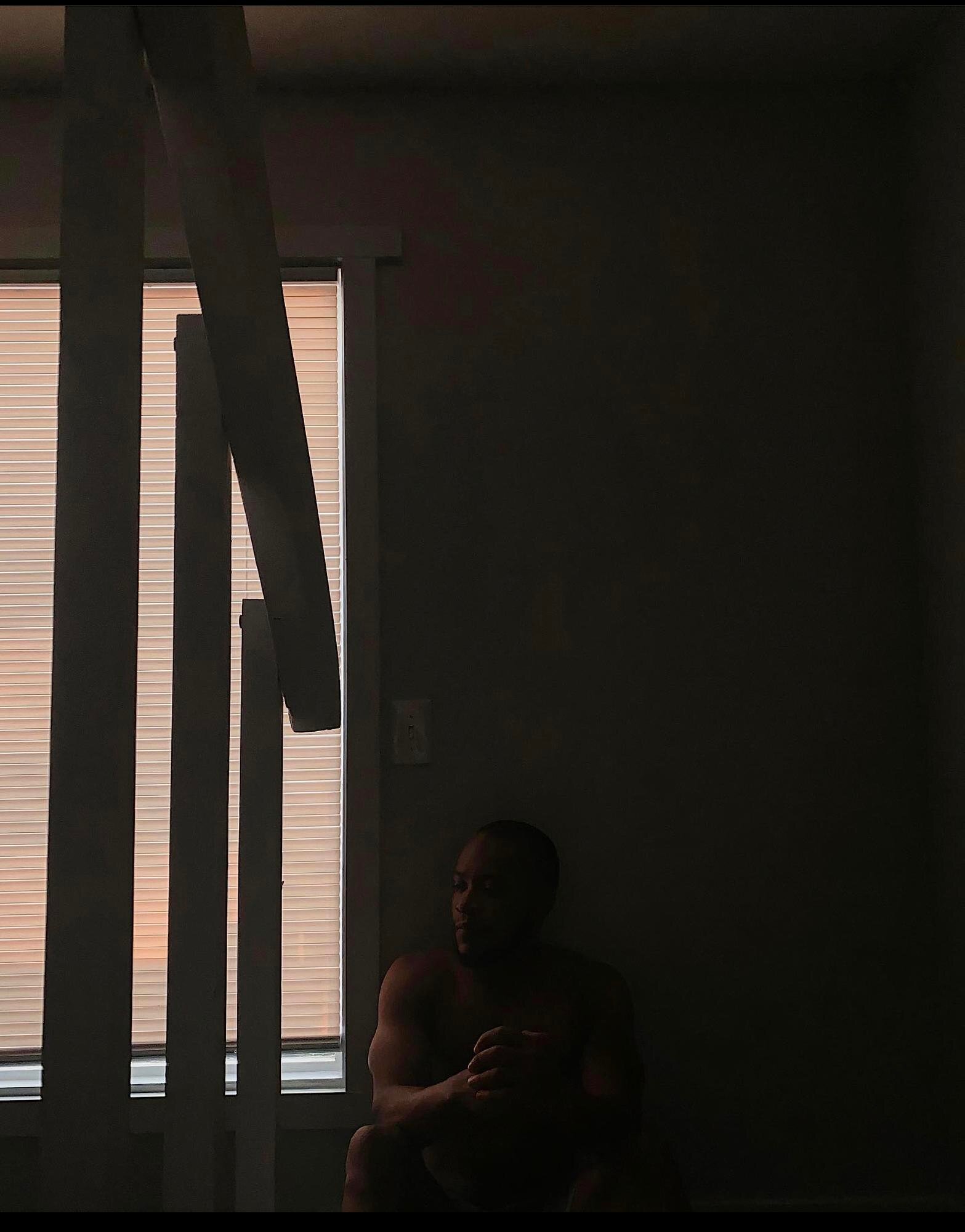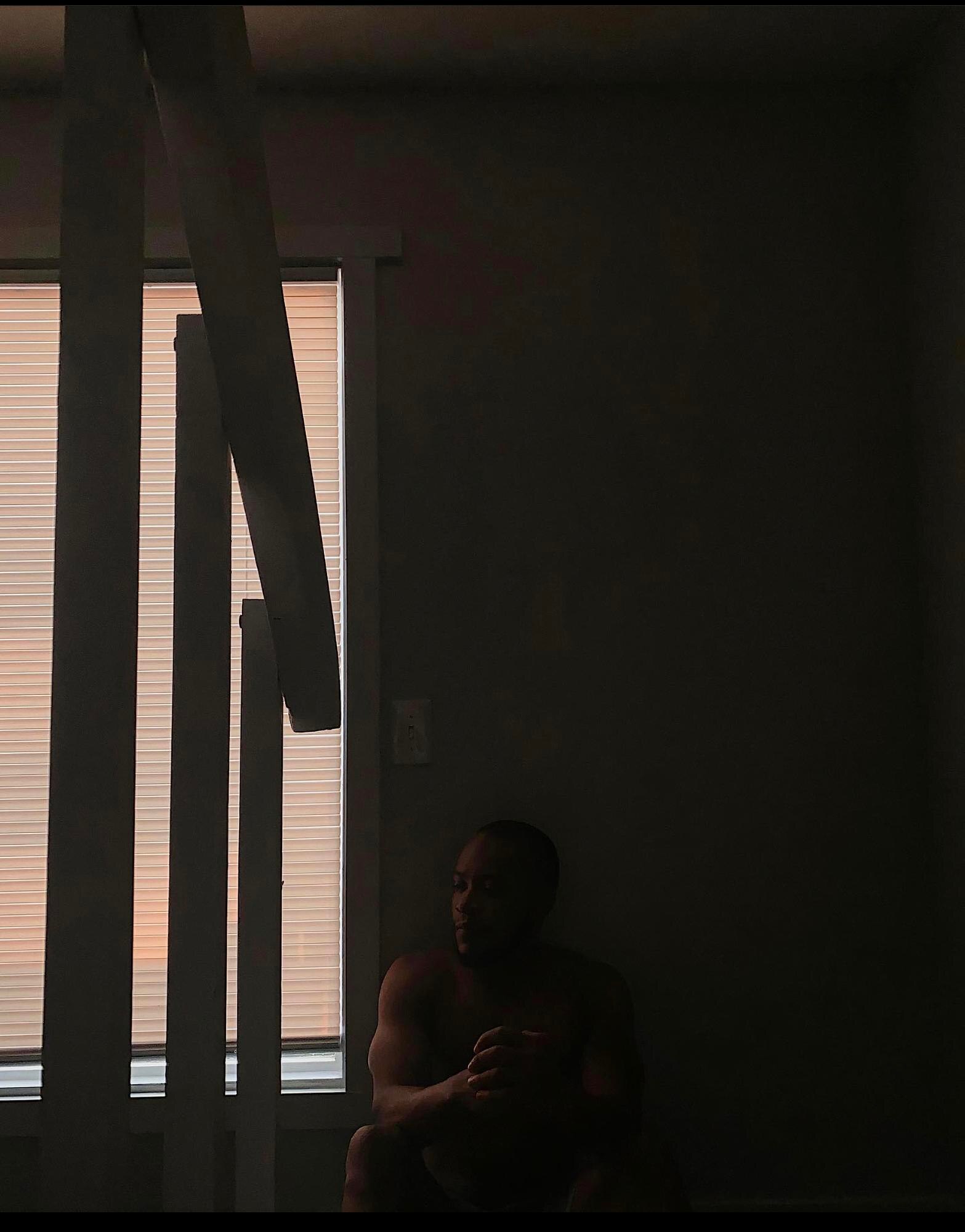
Unveiling the Emotional Pain Behind Addiction: Your Path to Healing
You’re not alone in feeling the weight of emotional pain driving addiction. Deep down, you might sense that compulsive behaviors are more than just habits—they’re cries for help from within. But how do you uncover and heal these hidden drivers? With VK Circle’s Heal Your Life® methodology, you can find emotional freedom and rebuild your self-worth. Ready to break the cycle and reclaim your life? Learn more about your path to healing and feel the relief of true emotional liberation.
Understanding Emotional Pain

To fully address addiction, it’s crucial to understand the underlying emotional pain fueling it. This section delves into how these hidden drivers manifest as compulsive behaviors, revealing the root causes that need healing.
Recognizing Hidden Drivers
Identifying the hidden drivers behind addiction requires a deep dive into one’s emotional landscape. Emotional pain often operates subtly, influencing behaviors without conscious awareness. Many individuals might not realize that their addiction is a response to unresolved trauma or emotional distress.
Hidden drivers can include unresolved grief, childhood trauma, or chronic stress. These emotional undercurrents can perpetuate addiction cycles, as described in this article. Understanding these aspects is the first step toward emotional healing.
A real-world example involves adults who function well in daily life yet struggle with hidden addictions. These addictions serve as coping mechanisms for deeper pains. By recognizing these hidden drivers, individuals can start addressing the root causes rather than just the symptoms.
Emotional Pain and Compulsive Behaviors
Compulsive behaviors often mask deeper emotional pain. These behaviors provide temporary relief but ultimately exacerbate the problem. Compulsive behaviors serve as a buffer against feelings of inadequacy, fear, or anxiety.
For instance, someone might engage in compulsive shopping to avoid feelings of loneliness or low self-worth. Over time, these behaviors become patterns that are hard to break. This cycle is outlined in detail by Leora BH.
To break free, it’s vital to acknowledge the emotional pain driving these behaviors. This acknowledgment can lead to a healthier coping strategy, reducing reliance on compulsive actions for emotional release.
Heal Your Life® Methodology

The Heal Your Life® methodology provides a comprehensive approach to emotional healing. By focusing on emotional freedom and self-worth restoration, this method empowers individuals to overcome compulsive behaviors.
Path to Emotional Freedom
Achieving emotional freedom requires a structured approach. The Heal Your Life® methodology emphasizes the importance of understanding and releasing emotional pain. It guides individuals through a process of discovery and healing, allowing them to reconnect with their true selves.
Acknowledgment: Recognize and accept emotional pain as a part of your journey.
Discovery: Explore the root causes through reflection and guidance.
Release: Implement strategies to let go of negative emotions and past traumas.
According to PMC, addressing these aspects can significantly reduce the hold of compulsive behaviors, paving the way for genuine emotional liberation.
Restoring Self-Worth
Restoring self-worth is a cornerstone of the Heal Your Life® methodology. When self-worth is compromised, individuals often turn to external validation or compulsive behaviors to fill the void.
Self-worth restoration involves reaffirming one’s value and capabilities. This process is supported by positive affirmations and conscious self-reflection. Engaging in activities that align with personal values can also bolster self-worth.
Practice daily affirmations to reinforce positive self-image.
Engage in activities that bring genuine joy and fulfillment.
Seek supportive communities that encourage personal growth.
Restoring self-worth is a gradual process, yet it profoundly impacts emotional health and overall well-being.
Reclaiming Your Life

Reclaiming your life from addiction involves breaking the cycle of compulsive behaviors and embracing holistic healing. This journey is about regaining control and living authentically.
Breaking the Cycle
Breaking the addiction cycle requires a conscious effort to change patterns. This involves identifying triggers, developing coping mechanisms, and seeking support.
Identify Triggers: Reflect on situations that lead to compulsive behaviors.
Develop Coping Mechanisms: Implement healthier ways to manage stress and emotions.
Seek Support: Reach out to therapists or support groups for guidance.
The Mayo Clinic emphasizes the importance of interventions in breaking addictive cycles and fostering long-term recovery.
Embracing Holistic Healing 🌱
Holistic healing focuses on the interconnectedness of mind, body, and spirit. It involves adopting practices that promote overall well-being and emotional balance.
Mindfulness Practices: Engage in meditation or yoga to enhance self-awareness and emotional regulation.
Nutritional Care: Adopt a balanced diet to support mental and physical health.
Physical Activity: Regular exercise can help release endorphins and reduce stress.
Holistic healing allows individuals to nurture every aspect of their being, fostering a harmonious life. By embracing this approach, individuals can achieve a more comprehensive and lasting recovery. 🌱



